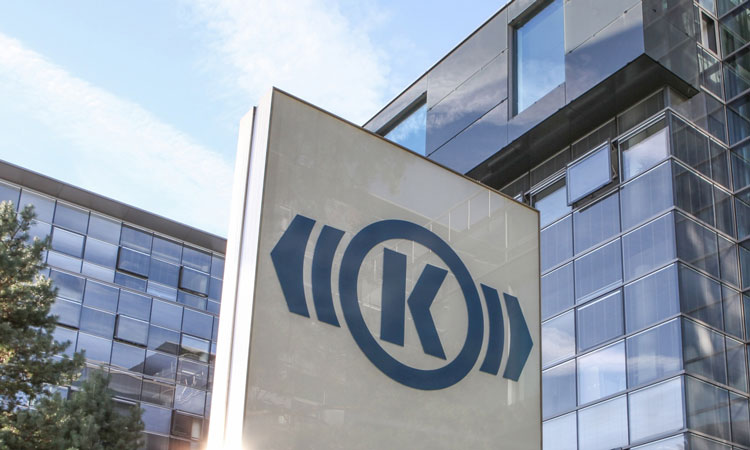Knorr-Bremse expands its stake in Rail Vision
Posted: 28 October 2020 | Rail Vision Ltd | No comments yet
Knorr-Bremse, the global market leader for braking and other systems for rail and commercial vehicles, has subscribed a capital increase in the Israeli company Rail Vision.


Credit: Knorr-Bremse
Knorr-Bremse has acquired an additional 19.8 per cent of the shares in Rail Vision for USD 10 million. As a result, Knorr-Bremse now holds a 36.8 per cent stake in the start-up, which specialises in sensor technology and obstacle detection based on artificial intelligence and deep learning.
Dr. Nicolas Lange, Chairman of the Management Board of Knorr-Bremse Rail Vehicle Systems, said: “We are delighted to further strengthen and expand our strategic commitment to Rail Vision. The systems developed by Rail Vision hold great potential for numerous new applications as train operation becomes progressively more automated in the future. For us as a global technology leader, this makes the young company an exciting and highly attractive partner in designing mobility and transport solutions for rail.”
Sam Donnerstein, Executive Chairman of Rail Vision, said: “Having Knorr-Bremse as partner gives us the opportunity not only to think big but to further develop our systems and execute our projects on a bigger worldwide scale.”
By paying USD 10 million, Knorr-Bremse has acquired an additional 19.8 per cent of Rail Vision and now holds 36.8 per cent of its share capital. However, Knorr-Bremse and Rail Vision have been partners in the development of object and obstacle detection systems for rail vehicles since March 2019. At that time, Knorr-Bremse acquired an initial stake in the Israeli company, thereby taking another important step towards system solutions for automated rail travel.
Recently, Knorr-Bremse and Rail Vision announced that they will equip shunting locomotives of the Swiss rail operator SBB Cargo with remote-controlled electro-optic systems for obstacle detection. After prototype testing is successfully completed at the end of the first quarter of 2021, the partners will examine further business opportunities for integrating these systems into rail freight vehicles.
Stay Connected with Global Railway Review — Subscribe for Free!
Get exclusive access to the latest rail industry insights from Global Railway Review — all tailored to your interests.
✅ Expert-Led Webinars – Gain insights from global industry leaders
✅ Weekly News & Reports – Rail project updates, thought leadership, and exclusive interviews
✅ Partner Innovations – Discover cutting-edge rail technologies
✅ Print/Digital Magazine – Enjoy two in-depth issues per year, packed with expert content
Choose the updates that matter most to you. Sign up now to stay informed, inspired, and connected — all for free!
Thank you for being part of our community. Let’s keep shaping the future of rail together!
Related topics
Artificial Intelligence (AI), Cargo, Freight & Heavy-Haul, Digitalisation








